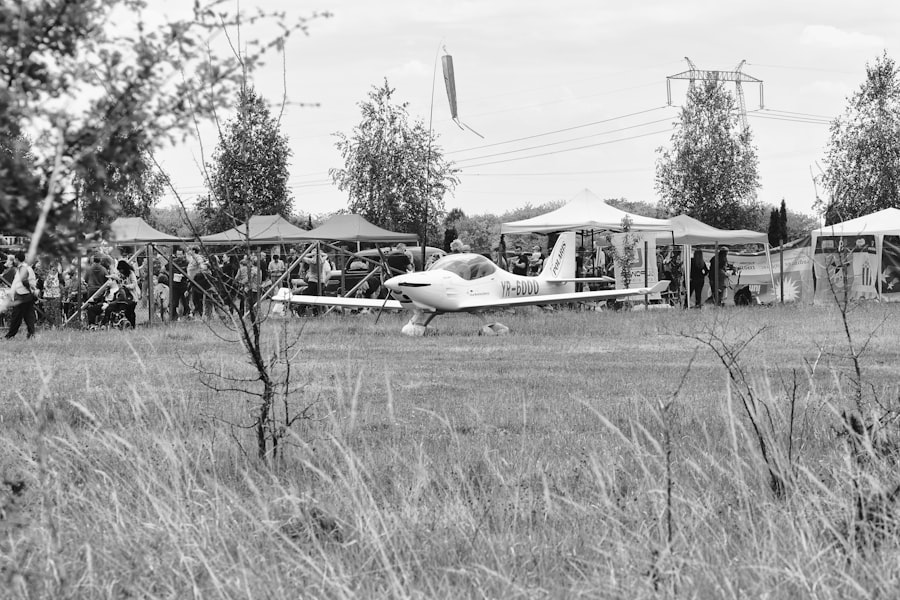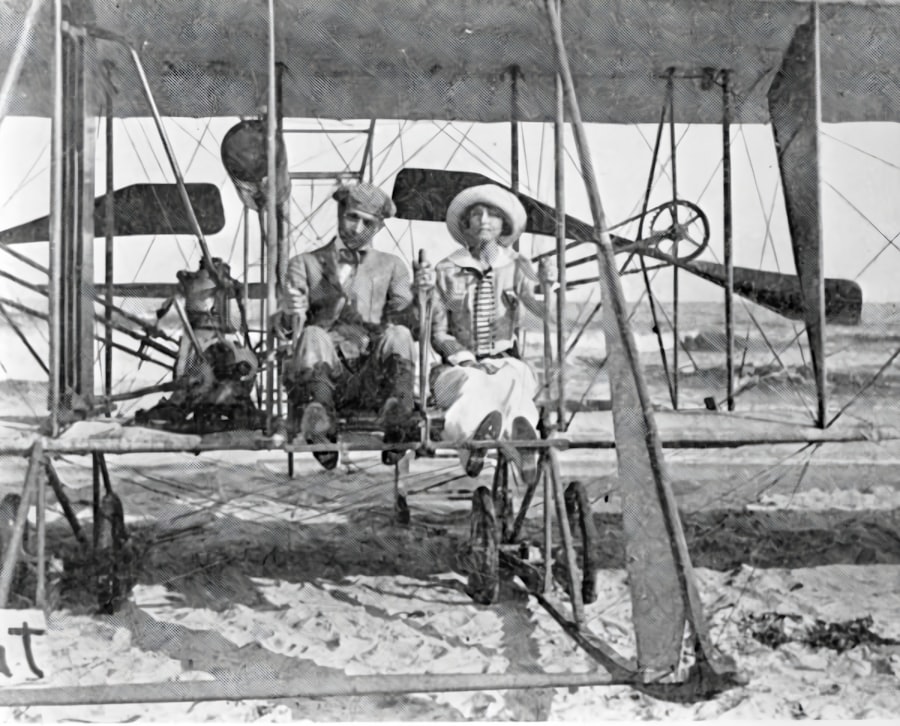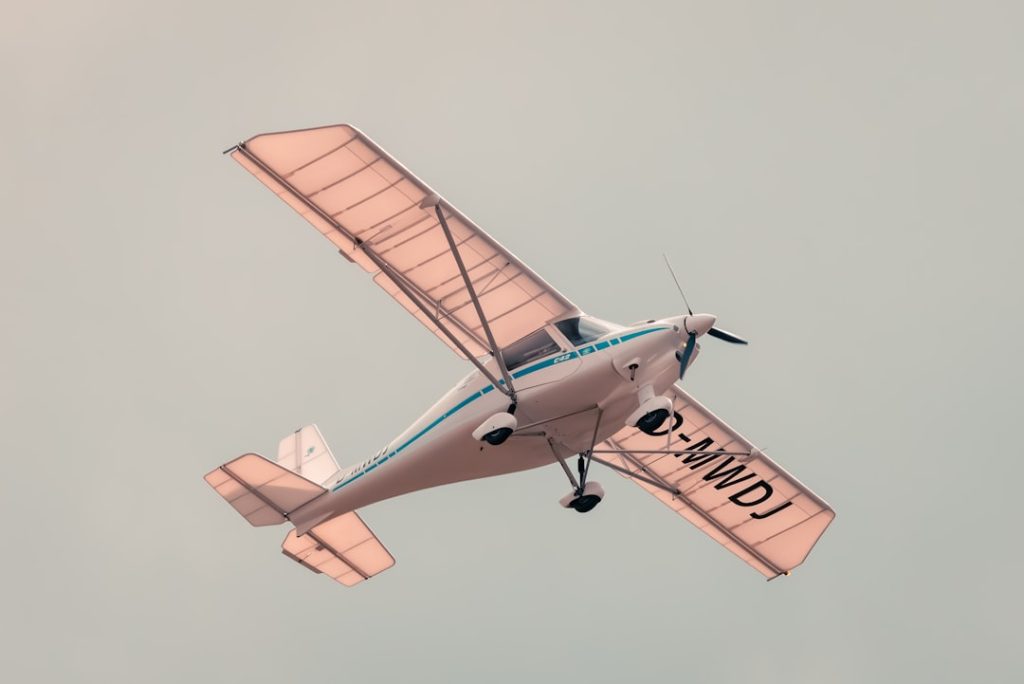The Experimental Aircraft Association (EAA) stands as a beacon for aviation enthusiasts, innovators, and builders alike. Founded in 1953, the EAA has grown from a small group of passionate individuals into a global organization that champions the spirit of aviation. With a mission to promote and support recreational flying, the EAA has become synonymous with experimental aircraft, which are often built by individuals or small teams who seek to push the boundaries of what is possible in aviation.
The association not only fosters a community of like-minded individuals but also serves as a vital resource for education, safety, and innovation in the field of aviation. At its core, the EAA embodies the ethos of hands-on learning and experimentation. It encourages members to engage in the design and construction of their own aircraft, thereby nurturing a culture of creativity and technical skill.
The EAA’s annual AirVenture event in Oshkosh, Wisconsin, is a testament to this spirit, drawing thousands of aviation enthusiasts from around the world to celebrate innovation, share knowledge, and showcase their creations. This gathering serves as a platform for networking, learning, and inspiring the next generation of aviators and engineers.
Key Takeaways
- Experimental Aircraft Association (EAA) is a community of aviation enthusiasts dedicated to promoting innovation and education in aviation.
- EAA’s mission is to encourage and support the advancement of aviation technology through the building and flying of experimental aircraft.
- EAA promotes innovation in aviation through events, workshops, and resources that connect enthusiasts and professionals in the field.
- Experimental aircraft play a crucial role in advancing aviation technology by serving as testbeds for new ideas and technologies.
- EAA’s impact on aviation safety and regulation is significant, as it provides resources and training to ensure safe and responsible flying practices.
The History and Mission of EAA
The origins of the EAA can be traced back to a handful of aviation enthusiasts who were dissatisfied with the limitations imposed by traditional aviation practices. In 1953, Paul Poberezny, a former military pilot and aircraft builder, founded the organization with the goal of creating a community where individuals could share their passion for flying and building aircraft. The early years were marked by grassroots efforts to promote homebuilding and experimental aviation, with members exchanging ideas and resources to support one another’s projects.
Over the decades, the EAA has evolved significantly while remaining true to its foundational mission: to promote and support recreational flying. The organization has expanded its reach through various programs aimed at educating both new and experienced pilots about safety, aircraft construction, and aviation regulations. The EAA’s commitment to fostering a love for aviation is evident in its numerous initiatives, including youth programs that inspire young people to explore careers in aviation and aerospace.
By nurturing this passion from an early age, the EAA ensures that the future of aviation remains bright and innovative.
How EAA Promotes Innovation in Aviation

Innovation is at the heart of the EAA’s mission, as it actively encourages members to explore new ideas and technologies in aircraft design and construction. The association provides a wealth of resources, including technical publications, workshops, and seminars that cover a wide range of topics related to experimental aviation. These resources empower builders to experiment with cutting-edge materials and techniques, fostering an environment where creativity can flourish.
One notable example of innovation promoted by the EAA is the development of electric aircraft. As environmental concerns grow and technology advances, many members have turned their attention to electric propulsion systems as a viable alternative to traditional aviation fuels. The EAA has supported these efforts by providing platforms for builders to share their experiences and findings, ultimately contributing to the broader conversation about sustainable aviation practices.
By facilitating collaboration among members, the EAA plays a crucial role in driving forward-thinking solutions that could redefine the future of flight.
The Role of Experimental Aircraft in Advancing Aviation Technology
| Experimental Aircraft | Advancements in Aviation Technology |
|---|---|
| Increased Speed | Development of faster and more efficient engines and aerodynamic designs |
| Enhanced Safety Features | Testing and implementation of new safety technologies such as advanced avionics and crash-resistant materials |
| Improved Fuel Efficiency | Exploration of alternative fuel sources and more efficient propulsion systems |
| Advanced Materials | Research and utilization of lightweight and durable materials for aircraft construction |
| Avionics Innovation | Integration of cutting-edge electronic systems for navigation, communication, and flight control |
Experimental aircraft serve as vital testbeds for new technologies that can significantly impact the aviation industry. These aircraft often incorporate innovative designs and systems that are not yet certified for commercial use but hold great potential for enhancing performance, safety, and efficiency. The EAA’s emphasis on experimental aviation allows builders to push the envelope of what is possible, leading to advancements that can eventually be adopted by mainstream manufacturers.
For instance, many experimental aircraft have been at the forefront of integrating advanced avionics systems that improve navigation and situational awareness. Builders often experiment with new cockpit technologies that enhance pilot decision-making and reduce workload during flight. These innovations can later influence commercial aircraft designs as manufacturers observe successful implementations in the experimental realm.
Furthermore, experimental aircraft have played a crucial role in testing new aerodynamic concepts that can lead to more efficient designs in future commercial airliners.
EAA’s Impact on Aviation Safety and Regulation
Safety is paramount in aviation, and the EAA has made significant contributions to enhancing safety standards within the experimental aircraft community. The organization actively promotes best practices for building and operating experimental aircraft through educational programs and resources. By emphasizing safety from the outset, the EAA helps ensure that builders are well-informed about potential risks and how to mitigate them.
In addition to promoting safety among its members, the EAA also engages with regulatory bodies such as the Federal Aviation Administration (FAA) to advocate for policies that support experimental aviation while maintaining high safety standards. The EAA has been instrumental in shaping regulations that govern experimental aircraft operations, ensuring that they remain accessible while prioritizing safety. This collaborative approach has fostered a culture of responsibility among builders and pilots alike, ultimately contributing to a safer aviation environment.
The Future of Innovation in Aviation with EAA

As we look toward the future of aviation, the EAA is poised to play a pivotal role in shaping the next generation of aircraft design and technology. With advancements in materials science, propulsion systems, and automation on the horizon, experimental aircraft will continue to serve as platforms for testing these innovations before they are adopted by larger manufacturers. The EAA’s commitment to fostering creativity and experimentation will be essential in navigating these changes.
Moreover, as global challenges such as climate change become increasingly pressing, the EAA’s focus on sustainable aviation practices will be crucial. By encouraging members to explore alternative fuels and energy-efficient designs, the organization is helping pave the way for a more environmentally friendly future in aviation. The collaborative spirit fostered by the EAA will enable builders and innovators to share insights and breakthroughs that can lead to significant advancements in reducing aviation’s carbon footprint.
The Community and Educational Outreach of EAA
The sense of community within the EAA is one of its most defining characteristics. Members come together not only to share their passion for aviation but also to support one another through mentorship and collaboration. Local chapters across the globe provide opportunities for members to connect on a personal level, fostering friendships that often last a lifetime.
These chapters host events such as fly-ins, workshops, and educational seminars that allow members to learn from one another while celebrating their shared love for flight. Educational outreach is another cornerstone of the EAA’s mission. Through programs like Young Eagles, which introduces young people to aviation through free flights with volunteer pilots, the organization aims to inspire future generations to pursue careers in aerospace.
This initiative has successfully flown millions of young people since its inception in 1992, igniting interest in aviation among youth who may not have otherwise had exposure to this field. By investing in education and outreach efforts, the EAA ensures that the passion for flight continues to thrive across generations.
How to Get Involved with EAA and Experimental Aircraft Innovation
Getting involved with the EAA is an exciting opportunity for anyone interested in aviation—whether you are an experienced pilot or someone who has never flown before. Membership offers access to a wealth of resources, including technical publications, online forums, and local chapter events where you can meet fellow enthusiasts. Joining a local chapter is an excellent way to immerse yourself in the community while gaining hands-on experience through workshops and group projects.
For those interested in building their own aircraft or learning more about experimental aviation, the EAA provides numerous educational programs designed for all skill levels. From introductory courses on aircraft construction to advanced seminars on avionics systems, there are opportunities for everyone to expand their knowledge base. Additionally, volunteering at events like AirVenture allows you to engage directly with industry leaders and innovators while contributing to one of aviation’s largest gatherings.
In conclusion, becoming involved with the Experimental Aircraft Association opens doors not only for personal growth but also for contributing to the broader landscape of aviation innovation. Whether you are looking to build your own aircraft or simply want to connect with others who share your passion for flight, the EAA offers a welcoming community where creativity thrives and new ideas take flight.


